The project explores the idea of symbiotic architecture made of usually unusable desert region soil and bacterial binder.
Long Description
Currently, the local soil in deserts and regions around is perceived as an issue rather than a commodity. The project seeks to shift this perspective by exploring new methods of material-making. This is done through proposed processes where humans, bacteria, insects, and plants are linked in the symbiotic network which offshoot is an actual building material.
Human urine is used as a nutrient to feed bacteria Sporosarcina pasteurii which is then mixed local soil and fiber to create bio-material. All materials can be sourced directly from the site. This is a circular and cyclical ecology.
As well as using local soil directly from the site, the walls of the building become particle collectors during the sandstorm season (January to May). Autodesk CDF simulations were undertaken to inform the design on how to best design building that acts as a filter. Fiber walls are placed on South and North facades because this is where static pressure and turbulence are the strongest. In this way, not only environment becomes cleaner but also a large quantity of building material is collected from thin air.
By producing the bio-material on site, it is possible to control how strong and porous it is. For load-bearing walls, almost concrete-like strength can be achieved whereas non-load bearing walls and elements can be cast in soft and porous material that create malleable spaces/walls.
After the building has outlived its purpose, its entire structure can be crushed down and the rubble can be used as fertilizer.


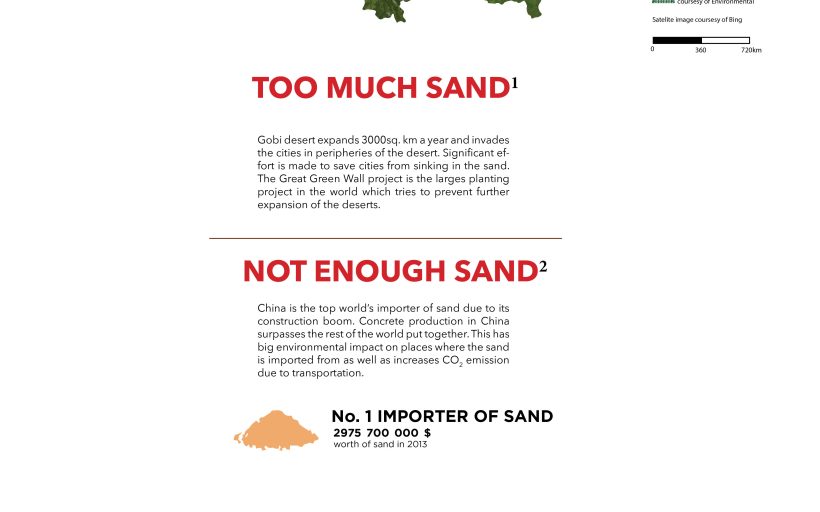
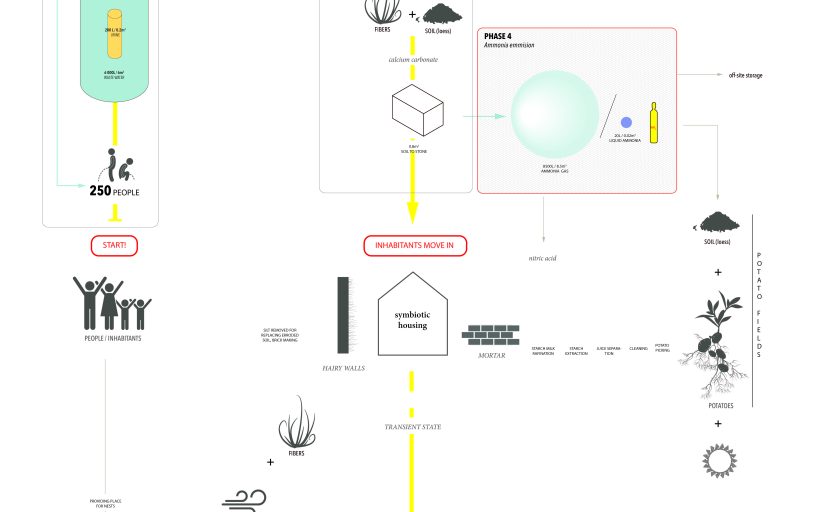
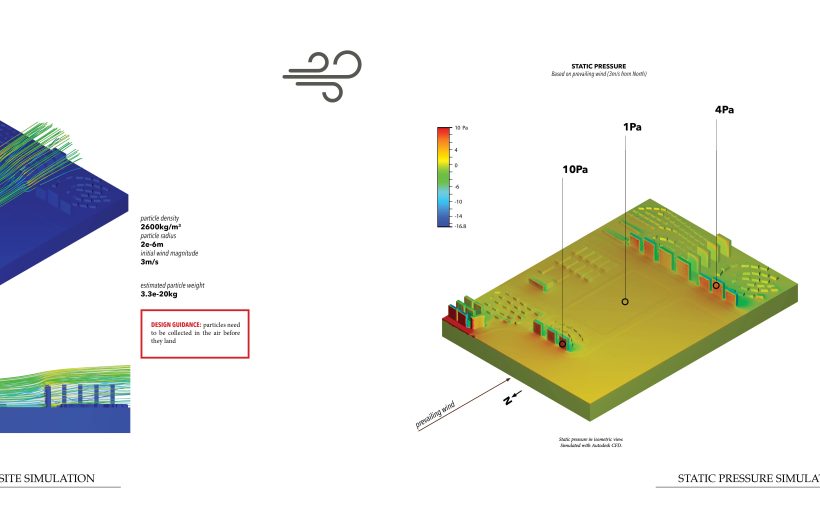
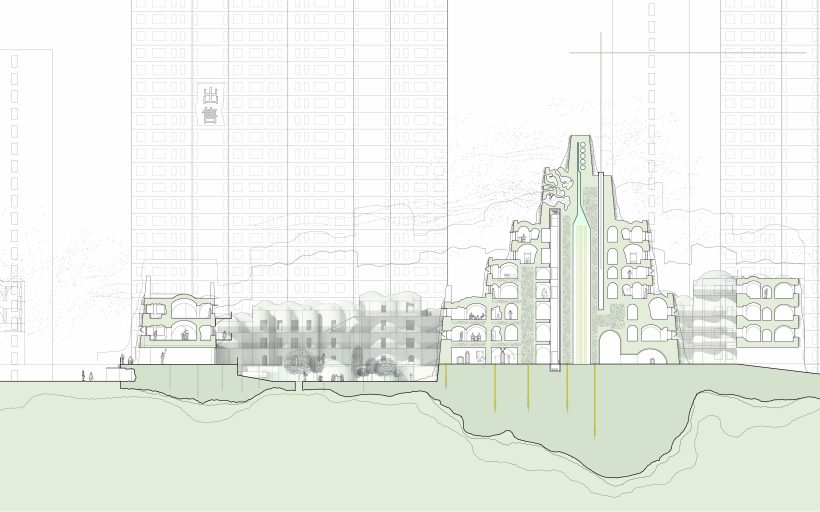
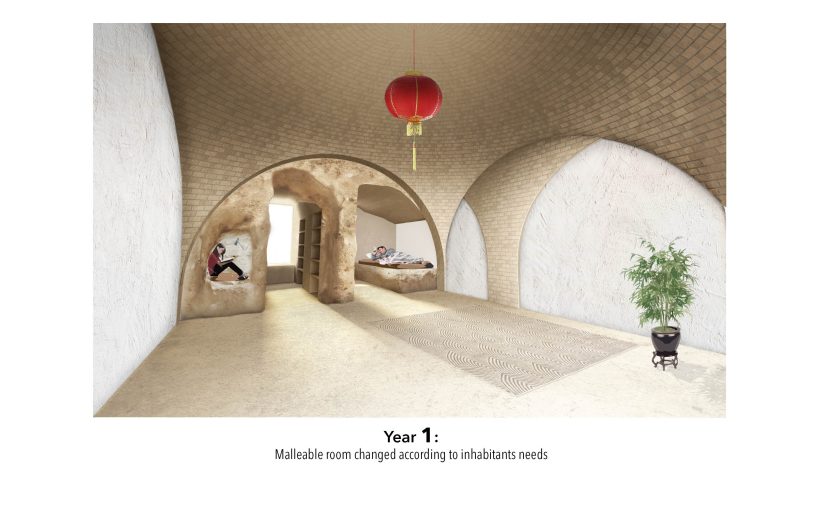
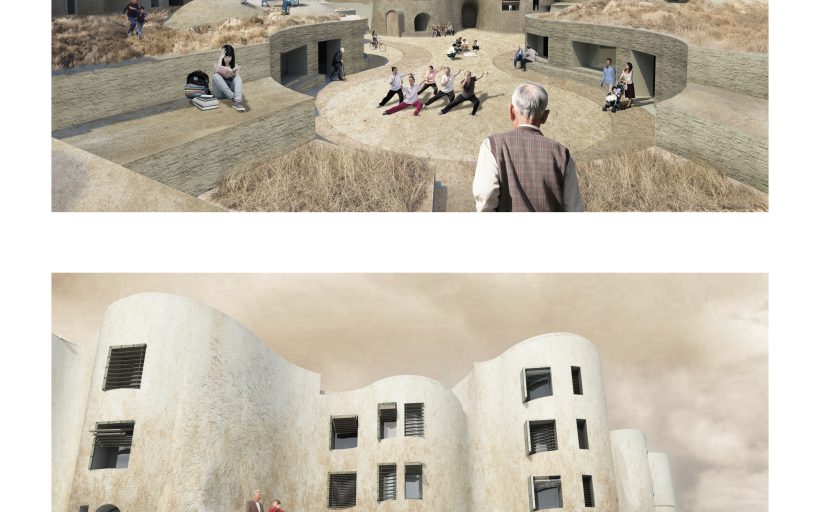
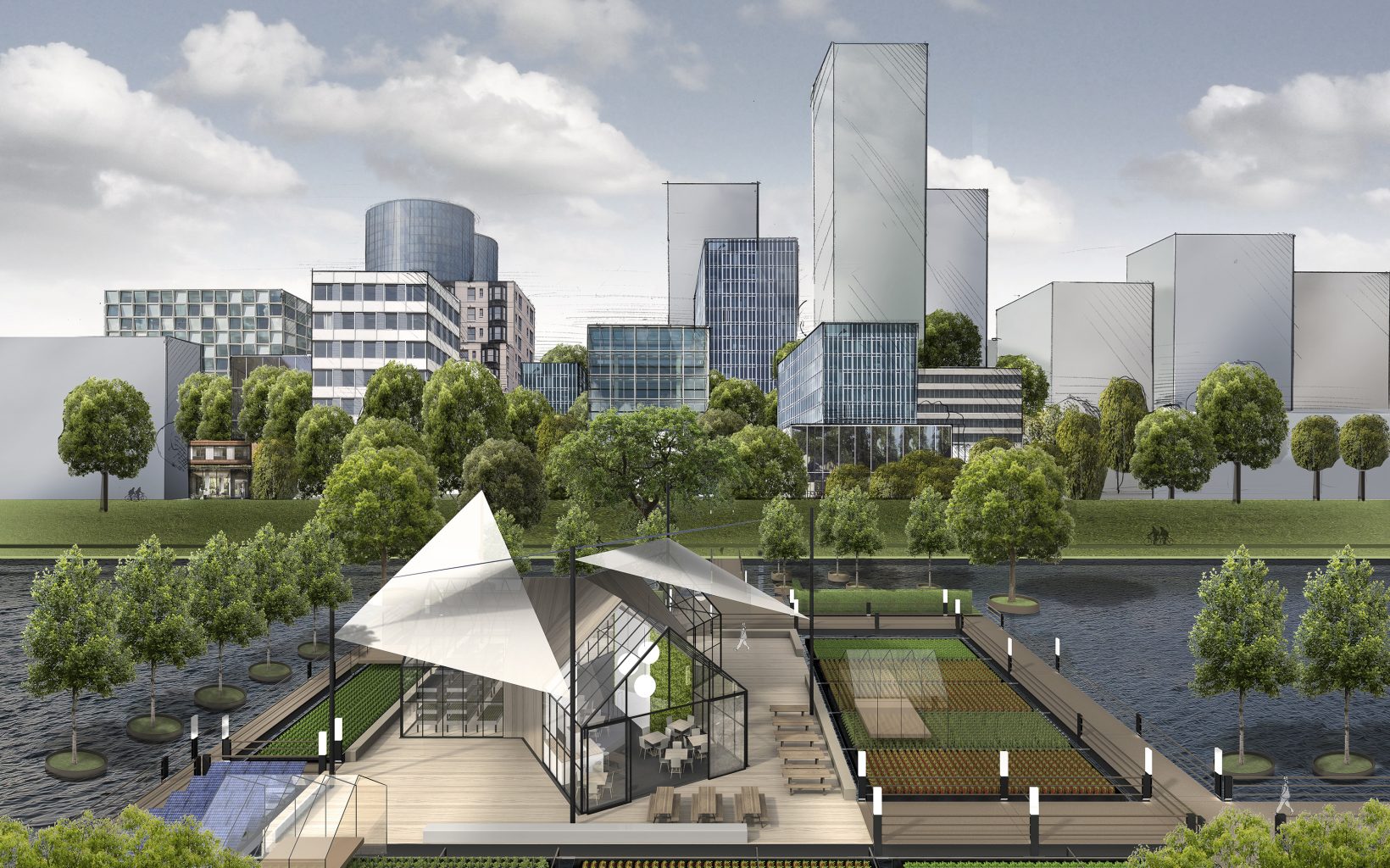


Share on social media.
Facebook
Twitter
LinkedIn
Mail